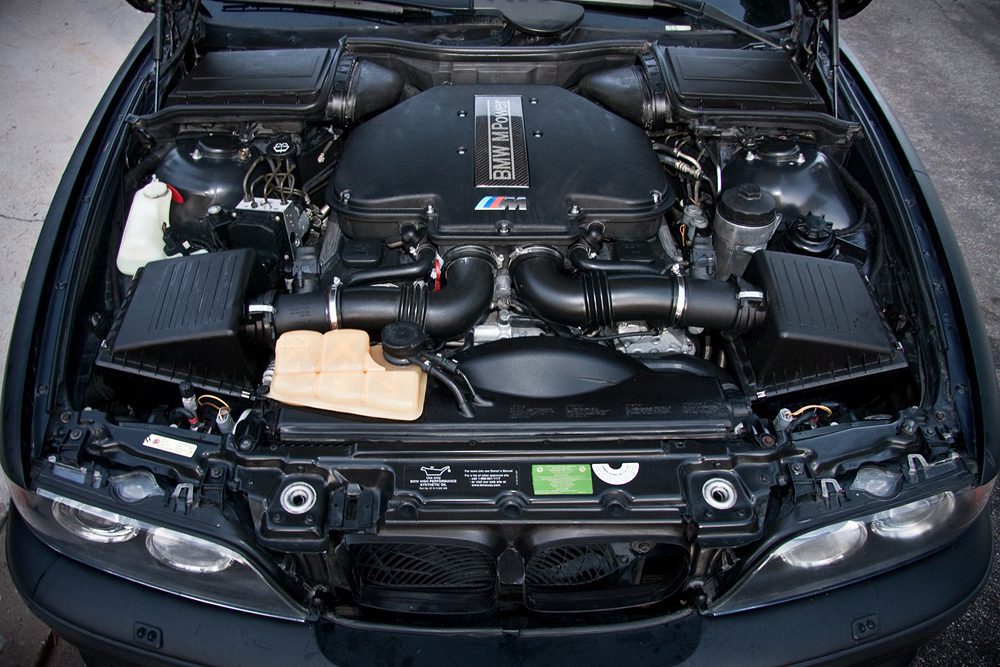Discovering the Inner Functions of a Compact Car's Engine System
As drivers, we usually take for approved the elaborate processes that take place within the confines of our lorry's engine system. The small yet complex equipment that pushes us onward is a marvel of engineering precision and coordination. From the controlled explosions in the burning chamber to the careful timing of gas injection, every part plays an essential role in the smooth procedure of the engine. In this exploration of a portable vehicle's engine system, we will untangle the internal workings of this mechanical symphony, losing light on the mysteries that drive us ahead on our day-to-day journeys.
Burning Process Summary
The burning procedure in a portable vehicle's engine system is a vital device that efficiently converts fuel into power to power the lorry. This process occurs within the burning chamber of the engine, where gas and air mix, fire up, and create regulated explosions. The combustion process includes four primary stages: intake, power, exhaust, and compression.
Throughout the intake phase, the piston moves downward, attracting in a mix of air and gas into the burning chamber. The next phase, compression, includes the piston moving upwards, compressing the air-fuel combination to increase its effectiveness. Subsequently, in the power phase, the ignition system stirs up the compressed combination, causing a quick growth of gases that compels the piston back down. This down activity produces the power required to drive the car. In the exhaust phase, the burned gases are eliminated from the combustion chamber with the exhaust valve, preparing the chamber for the following cycle. This cyclic burning process is basic to the procedure of a small lorry's engine system, guaranteeing effective power conversion for propulsion.
Piston and Cyndrical Tube Communication

The piston's accurate fit within the cylinder is necessary for keeping optimum compression and protecting against power loss throughout burning. Limited clearances in between the piston and cyndrical tube wall surfaces ensure efficient securing, permitting the piston to relocate efficiently without enabling gases to leak past. Appropriate lubrication is likewise important to decrease friction and wear in between these parts, enhancing durability and performance.
Additionally, the design and materials made use of in making the piston and cyndrical tube effect engine effectiveness and sturdiness. Modern engines usually use light-weight yet resilient materials like light weight aluminum alloys for pistons and cyndrical tube liners to lower inertia and boost thermal effectiveness. In general, the unified communication in between the piston and cyndrical tube is essential to the engine's functionality and total performance.
Fuel Injection System Capability
Fuel shot systems in small car engines play a critical duty in specifically providing fuel to the combustion chamber for reliable and controlled ignition. The fuel injection system works by injecting gas into the burning chamber at the ideal minute during the engine's procedure (opel corsa engine). This precise timing guarantees that the gas mixes evenly with the air for correct combustion, resulting in boosted fuel performance and decreased exhausts
There are mainly two kinds of fuel shot systems utilized in portable car engines: port gas shot (PFI) and straight fuel shot (DFI) PFI systems inject gas into the consumption port before the consumption linked here shutoff, while DFI systems infuse gas directly into the combustion chamber. Both systems have their advantages, with DFI supplying much better gas atomization and PFI providing a much more cost-efficient service.
Comprehending Engine Cooling Devices
Efficient procedure of a portable automobile's engine depends heavily on the performance of its cooling devices. The cooling system in a compact lorry commonly is composed of several components functioning with each other to regulate the engine temperature level. Comprehending these engine cooling mechanisms is important for maintaining the performance and durability of a compact lorry's engine system.

Exhaust System Parts Explained
The ideal performance of a portable automobile's engine cooling mechanisms depends upon a corresponding system called the exhaust system, which makes up various essential parts for making sure efficient emissions and engine efficiency. The exhaust system includes parts such as the exhaust manifold, internet catalytic converter, muffler, and tailpipe. The exhaust manifold gathers exhaust gases from the engine's courses and cylinders them to the catalytic converter. The catalytic converter after that converts dangerous contaminants in the exhaust right into much less hazardous discharges before launching them through the muffler and tailpipe.
One critical part of the exhaust system is the oxygen sensor, which keeps an eye on the oxygen degrees in the exhaust gases to help control gas consumption and make sure optimal engine efficiency. opel corsa engine. Additionally, the resonator may be present in some exhaust systems to decrease sound levels. On the whole, the exhaust system plays an important role in preserving engine performance, reducing dangerous emissions, and making sure a quieter driving experience for portable vehicle owners

Final Thought
Finally, the small lorry's engine system is an intricate mix of components that work with each other to promote the combustion procedure, transform gas into power, and remove waste gases. Recognizing the internal workings of the engine system, including the piston and cylinder interaction, gas shot system, engine air conditioning devices, and exhaust system parts, is essential for preserving ideal efficiency and performance of the lorry.
The burning procedure in Full Article a portable vehicle's engine system is a critical system that effectively converts fuel into energy to power the vehicle.Fuel shot systems in portable vehicle engines play a vital function in specifically supplying gas to the combustion chamber for reliable and regulated ignition.There are mostly 2 types of gas shot systems utilized in small car engines: port fuel shot (PFI) and straight fuel shot (DFI) Comprehending these engine air conditioning systems is crucial for preserving the performance and durability of a small car's engine system.
The ideal performance of a small car's engine air conditioning systems depends on a complementary system known as the exhaust system, which consists of different vital elements for making sure effective emissions and engine performance.